Your hands speak a different language in every country you visit, often saying things you never intended. What seems like friendly body language at home can trigger genuine anger or embarrassment abroad, sometimes with consequences that follow you long after vacation ends.
Travel guides mention currency and customs, but they skip the gesture warnings that actually matter when you’re standing face-to-face with offended locals. Here’s a list of 18 cultural gestures that can turn innocent interactions into international incidents.
Thumbs Up Trouble

Americans flash thumbs up for everything from restaurant approval to photo poses, but this cheerful gesture equals giving someone the middle finger across the Middle East. Countries like Iran, Afghanistan, and Iraq interpret thumbs up as a crude insult roughly equivalent to telling someone to shove it.
The gesture dates back to Roman gladiator fights, where it determined life or death—that historical weight still carries meaning today. Military personnel learned this lesson during Middle Eastern deployments, accidentally offending locals they were trying to help.
Pointing Disasters

Directly pointing your index finger at people shows terrible manners throughout Asia, suggesting you lack basic social education. These cultures use open hands or chin movements to indicate direction respectfully, treating finger-pointing like verbal accusations.
African traditions also view pointing as aggressive behavior reserved for confrontations or serious disputes. The gesture implies you’re superior to whoever you’re pointing at, violating social harmony principles that govern how people interact.
Like Travel Pug’s content? Follow us on MSN.
OK Sign Catastrophes

The familiar American OK sign creates major problems in Brazil, Turkey, and Germany, where it represents offensive anatomical references. French culture sees the same gesture as calling someone worthless or zero, while Japanese tradition uses it to indicate money.
The circular shape unfortunately resembles certain body parts in cultures valuing modesty and indirect communication. Business travelers regularly make this mistake during presentations, insulting audiences while trying to show agreement.
Palm Problems
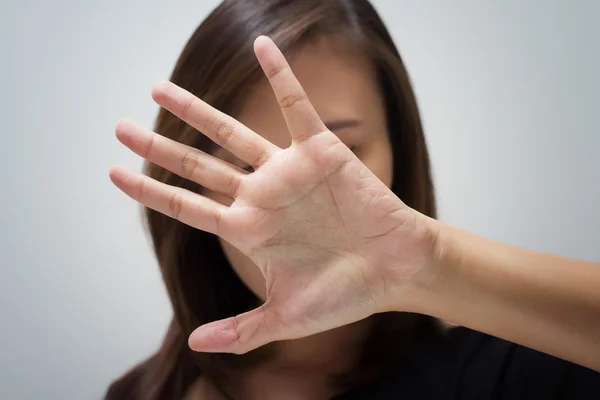
Showing your palm toward someone in Greece, Turkey, or the Middle East recreates an ancient insult involving throwing waste at enemies. Greeks call this gesture “moutza,” and it can provoke genuinely angry responses from people who see it as a deliberate provocation.
Pakistani and Indian cultures interpret raised palms as rude commands to stop or go away, disrespecting personal freedom. Even innocent waving offends you when your palm faces outward instead of sideways.
Head Movement Mixups

Bulgaria reverses standard head nodding—shaking means yes, while nodding indicates no, creating constant confusion for visitors. Albania and Macedonia follow similar patterns, making simple agreements incredibly difficult for unprepared travelers.
This reversal likely stems from the Ottoman Empire’s influence, where resistance movements used opposite gestures to confuse occupying forces. Modern Bulgarians sometimes switch to Western movements around tourists, but traditional gestures persist in rural areas.
Like Travel Pug’s content? Follow us on MSN.
Foot Offenses
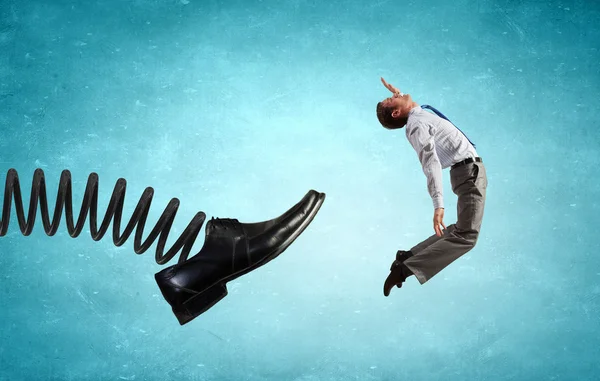
Islamic cultures consider feet the dirtiest body part, making shoe displays or foot-pointing major insults throughout the Middle East. Thailand, India, and Southeast Asia share this sensitivity, viewing exposed shoe soles as deeply disrespectful.
Crossing your legs in meetings can accidentally point your sole at someone, creating offense without malicious intent. The taboo extends to touching books, religious items, or people with feet—something Americans do casually.
Fig Sign Failures

Southern Europe recognizes the fig sign—thumb between index and middle fingers—as extremely vulgar, equivalent to flipping someone off. Turkish, Slavic, and some Latin American cultures interpret this position as a crude reference to female anatomy.
The gesture looks innocent to most Americans, who might use it playfully with children or as mild dismissal. Medieval Europeans used fig signs to ward off evil spirits, but modern meanings focus entirely on anatomical implications.
Left-Hand Limitations
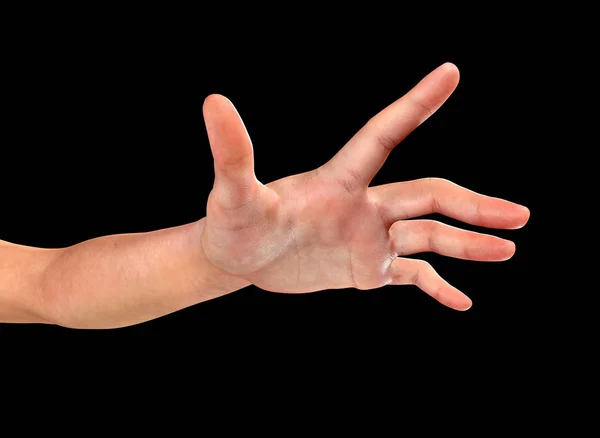
Islamic and Hindu traditions designate left hands for personal hygiene, making its use for eating, greeting, or gifts culturally offensive. African cultures follow similar rules, viewing left-handed activities as unclean or spiritually impure in social situations.
Left-handed travelers face constant challenges, needing to use their weaker hands for culturally sensitive activities consciously. The restriction covers passing objects, shaking hands, and pointing—activities lefties do naturally with their dominant hand.
Like Travel Pug’s content? Follow us on MSN.
Victory Sign Variations
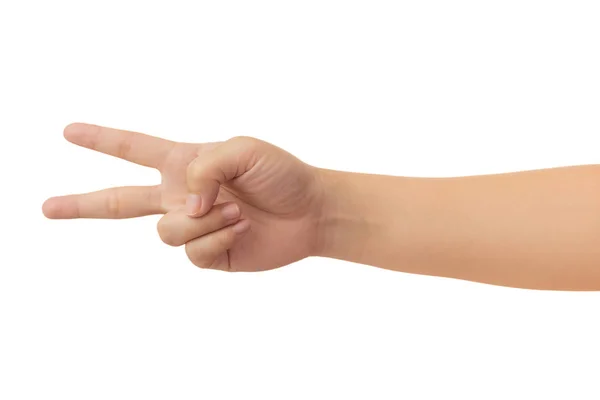
The British V for victory becomes highly offensive when performed palm inward, essentially telling someone to buzz off in Commonwealth countries. Australia, New Zealand, and South Africa recognize this distinction, while Americans often miss the crucial palm direction difference.
The gesture’s meaning shifted during World War II when Churchill popularized the outward version as resistance against Nazi Germany. Modern usage requires careful palm attention to avoid insulting English-speaking populations.
Crossed Finger Complications

Western cultures cross their fingers for hope or luck, but some African and South American regions interpret the gesture as cursing someone. The crossing resembles protective symbols used against evil spirits, making it potentially threatening in supernatural belief systems.
Vietnamese culture views crossed fingers as references to female anatomy, creating inappropriate implications in formal situations. Children’s games involving crossed fingers can be offensive when adults don’t understand the cultural context.
Hand Height Problems
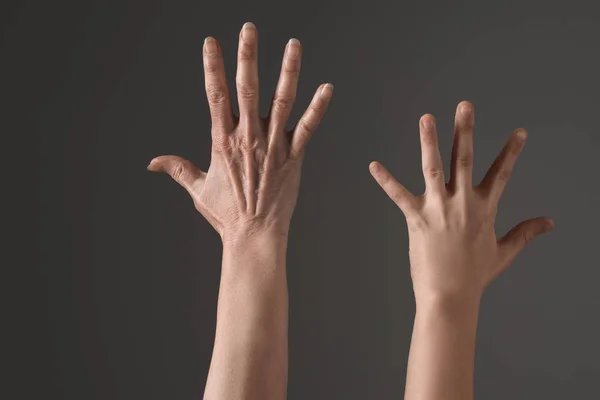
Korean and Japanese etiquette requires specific hand positions when bowing, with incorrect heights showing disrespect for social hierarchies. Chinese business culture demands precise placement during card exchanges, treating casual handling as dismissive of professional relationships.
Indian traditions involve multiple hand positions for different greetings, with wrong choices indicating ignorance of social status. Hand height communicates respect levels corresponding to age, profession, and standing within complex cultural frameworks.
Like Travel Pug’s content? Follow us on MSN.
Winking Misunderstandings

Middle Eastern cultures interpret winking as inappropriate advances or crude suggestions, especially when men wink at women publicly. Asian societies view winking as childish behavior unsuitable for adult interactions, suggesting immaturity or poor social awareness.
The gesture carries romantic implications in cultures that strictly separate public and private expressions of interest. Business travelers often wink to show friendliness, accidentally creating uncomfortable situations and damaging professional relationships.
Clapping Confusion
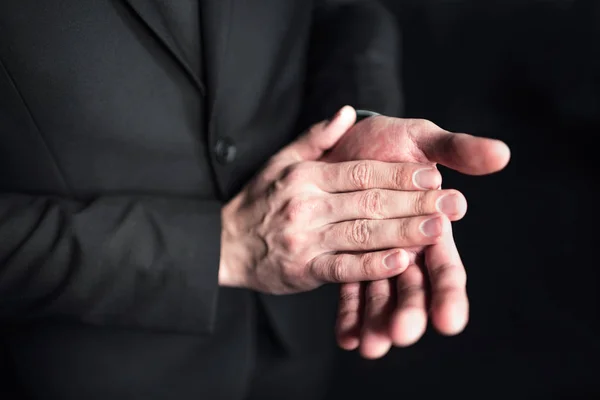
Slow clapping indicates mockery or sarcasm in many European countries, while Americans use it to show appreciation for difficult achievements. Russian and Eastern European cultures interpret sustained clapping as political demonstrations or protests against authority.
The rhythm, duration, and context carry specific meanings varying dramatically between cultures and historical periods. Standing ovations require cultural understanding to avoid appearing insufficient or inappropriately enthusiastic.
Back Patting Blunders

Physical contact like back patting violates personal space boundaries in most Asian cultures, showing presumed familiarity that doesn’t exist. Islamic societies restrict casual touching between genders, making friendly pats potentially offensive religious violations.
The gesture suggests dominance in cultures valuing subtle equality expressions and mutual respect. American-style friendly touching makes international colleagues uncomfortable, even when intended as positive reinforcement.
Like Travel Pug’s content? Follow us on MSN.
Chin Flicking Issues

Mediterranean cultures use upward chin flicks indicating “no” or dismissal, but the gesture appears rude to Northern European visitors. French culture employs chin movements for pointing or direction, while Americans might interpret these as attitude or disrespect signs.
The subtle gesture carries conversational weight, replacing verbal responses in cultures valuing nonverbal communication efficiency. Misreading chin movements leads to misunderstandings about agreement, direction, or social acceptance.
Finger Counting Differences

German counting starts with thumbs, making their “three” look like American “okay” signs, creating confusion internationally. Chinese counting uses single-hand methods for numbers up to ten, while Western systems require both hands beyond five.
Japanese culture employs completely different finger positions for counting, making simple number communication surprisingly difficult across cultures. These differences matter in restaurants, shops, and negotiations, where numeric gestures replace verbal communication.
Personal Space Violations

Latin American cultures expect closer physical proximity during conversations, while Northern Europeans prefer much greater distances between speakers. Acceptable distance varies from six inches to several feet, depending on cultural background, relationship type, and social context.
Moving closer seems aggressive while backing away appears cold in cultures that value physical proximity. Business travelers struggle with spatial requirements, sending unintended messages about their interest levels.
Like Travel Pug’s content? Follow us on MSN.
Body Language Evolution

International travelers increasingly recognize gesture importance through cross-cultural training programs and cultural sensitivity education. Social media spreads gesture awareness faster than before, helping prevent innocent mistakes that previously caused international incidents.
Diplomatic training now includes extensive gesture education, preventing cultural misunderstandings that could damage relationships or business negotiations permanently.
More from Travel Pug

- 20 Best Beach Towns in the Carolinas
- 13 Destinations Where Tourists Regularly Regret Their Trip
- 20 Things You Actually Get in First Class
- 20 Small Airports With Aviation Museums
- 20 Places in the U.S. That Are Perfect for a Reset Trip
Like Travel Pug’s content? Follow us on MSN.
